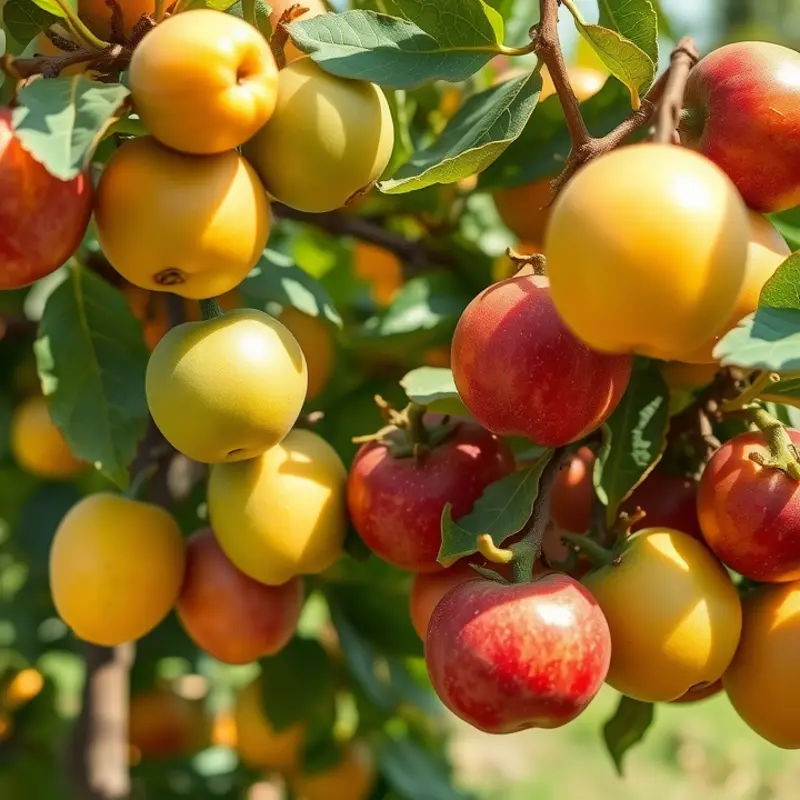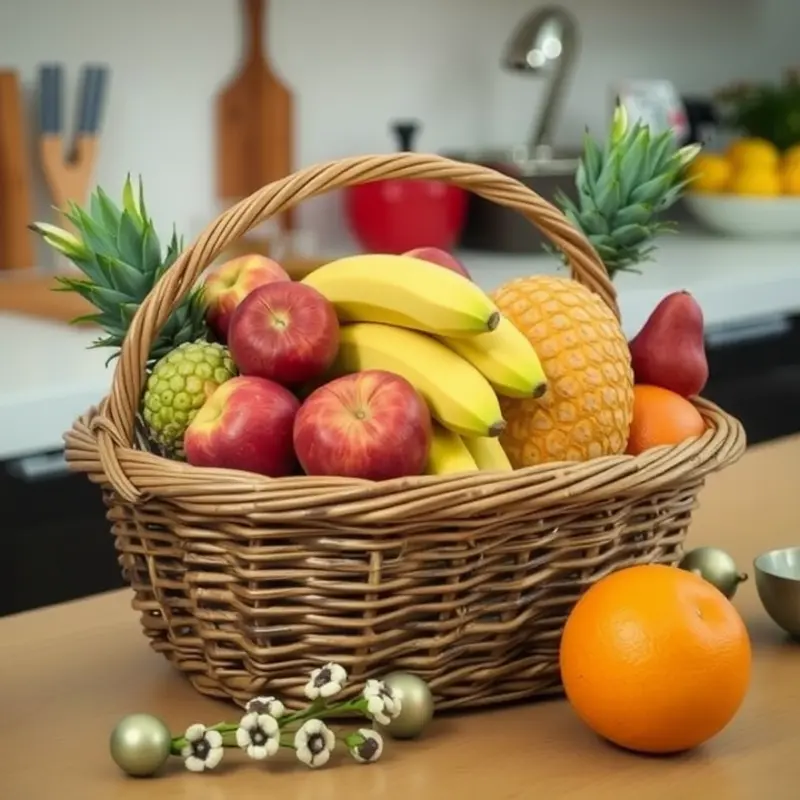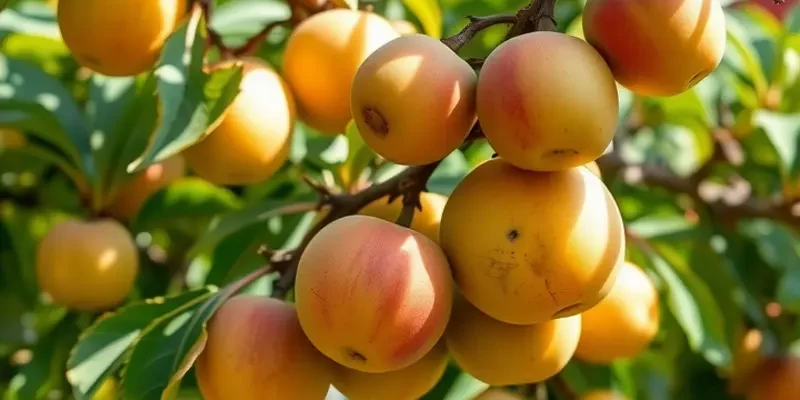Understanding how to control fruit ripening is essential for anyone interested in minimizing food waste and improving storage practices at home. With a few simple techniques, you can manage your fruits more effectively, ensuring they reach optimum ripeness when you’re ready to consume them. This guide provides insightful tips that streamline your food management, helping you store fruits efficiently while preserving their taste and nutritional value.
Understanding the Ripening Process

Ripening is a fascinating and complex process that transforms fruits, enhancing their flavor, texture, and nutritional value. At the heart of this transformation is ethylene gas, a naturally occurring plant hormone. Ethylene acts as a signal that triggers the conversion of starches into sugars and the breakdown of acids, leading to the sweet, aromatic qualities of ripe fruit.
Several fruits produce ethylene, including apples, bananas, and avocados. These are known as climacteric fruits. They continue to ripen after being harvested, making the management of ethylene exposure crucial in determining their ripeness at the time of consumption. In contrast, non-climacteric fruits like grapes, oranges, and strawberries do not rely on ethylene for ripening and mostly ripen on the plant.
Understanding which kinds of fruits can influence each other is crucial for effective storage. Ethylene-sensitive produce, such as leafy greens or berries, can spoil faster if stored with high ethylene producers. For example, keeping bananas next to lettuce might accelerate the wilting of the leaves. To reduce spoilage, store climacteric fruits separately or use a dedicated ripening drawer in your refrigerator.
Another method of managing fruit ripening is employing a ripening schedule. By staggering purchase dates or climate conditions, you can enjoy fruits at their peak maturity without them competing for ethylene. Start by categorizing fruits into climacteric and non-climacteric groups and plan accordingly. Storing avocados in the fridge can slow down their ripening process, whereas leaving them on the counter can hasten it. This way, you’re empowered to control when and how these fruits reach optimal taste.
A practical step is incorporating eco-smart kitchen practices to maintain fruit freshness, reducing food waste in the process. For tips on sustainable methods of food storage, explore these eco-smart kitchen storage ideas. These tactics not only help in preserving produce but also align with environmental consciousness by reducing unnecessary waste.
Mastering the art of fruit ripening involves more than just awareness; it’s about understanding the science of how fruits interact in your kitchen space. With a strategic approach, you can revel in the flavors of perfectly ripe fruits, experience minimal waste, and enjoy a symphony of textures and tastes tailored to your desires.
Practical Storage Techniques for Fruits

Storing fruit correctly plays a vital role in controlling its ripening process and prolonging its freshness. One effective method involves selecting the right storage materials. Use ethylene-absorbing bags to slow ripening for apples and bananas. Ethylene, a gas produced by some fruits, accelerates ripening, so minimizing its concentration around ethylene-sensitive fruits can extend their shelf life.
Temperature is another critical factor. Most fruits thrive in cooler environments, with some needing specific cold storage conditions. For instance, berries, grapes, and cherries should be kept in the refrigerator to maintain their freshness, ideally in a designated crisper drawer, which helps regulate humidity. On the other hand, fruits like pineapples and avocados do best at room temperature and should only be refrigerated after they reach peak ripeness.
The way you store fruits in relation to one another also matters. Certain fruits produce more ethylene as they ripen, so keeping them separate from ethylene-sensitive fruits can prevent premature spoilage. For example, store bananas, apples, and pears separately from berries to maximize the latter’s shelf life.
Handling fruits with care is essential to prevent bruising, as damaged spots provide entry points for spoilage. Avoid stacking fruits too densely in storage because the pressure can cause bruising and lead to quicker degradation. Be gentle when washing fruits to avoid creating tiny cuts on their surface.
Incorporating these techniques into your kitchen routine can significantly reduce food waste and keep fruits fresh for longer. By understanding each fruit’s specific requirements, you can make conscious choices about what to store together, where to store each type, and how to handle them. For more eco-friendly and sustainable kitchen practices, consider reading this guide on eco-smart kitchen storage. Together, these strategies help make fruit management both efficient and sustainable.
Final words
By mastering fruit ripening control, you can significantly enhance your food storage practices and minimize waste in your kitchen. Understanding how to manage ethylene gas emissions and employing appropriate storage techniques ensures that fruits stay fresh longer and ripen optimally. Remember, not all fruits should be stored together, and using ethylene-sensitive methods can lead to better preservation. Take advantage of these tips to enjoy delicious, ripe fruits while keeping your food management efficient and sustainable.







